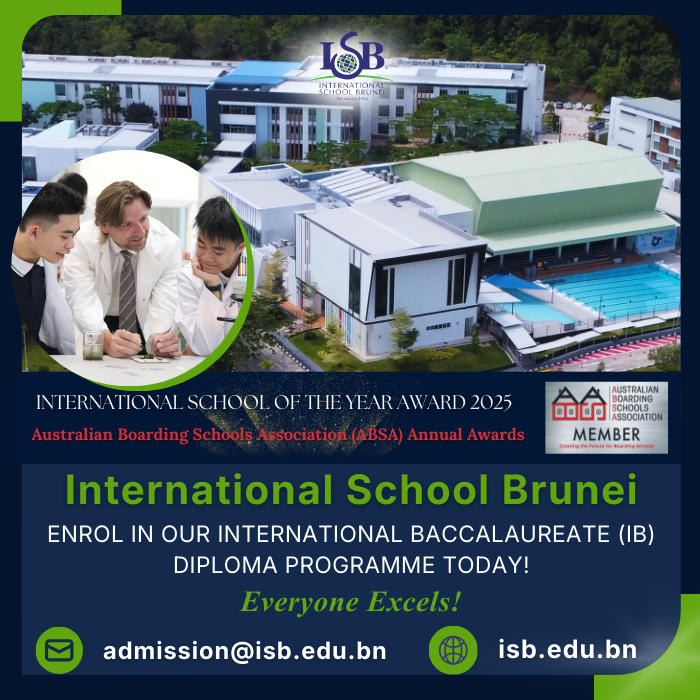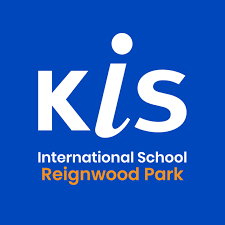What Is Secondary School?
A secondary school or high school in Indonesia is defined as an institution offering a secondary school education after primary school. Secondary school education is compulsory for students in most countries to prepare them for higher education in the future.
A typical secondary school education lasts for at least five years. The age of an average secondary school student is 13 years old and they will receive a secondary school education until the age of 17 or 18 before pursuing pre-university studies.
In Indonesia, secondary education is divided into Lower-secondary education and General Upper-secondary education. The Lower-secondary education lasts for about three years, which means students start at grade 7 until grade 9. Students attend junior secondary school, or known as Sekolah Menengah Pertama (SMP). For students who prefer to follow a religious-based curriculum, they can attend religious secondary schools that are supervised by the Ministry of Religious Affairs.
Upon completion, students will continue their education at the general upper-secondary education for another three or four years. Students start at grade 10 and complete their education at grade 12. Depending on the student’s academic performance, they can either further their studies at a general academic senior secondary school known as Sekolah Menengah Atas (SMA), or a vocational upper-secondary school known as Sekolah Menengah Kejuruan (SMK). Students can also choose to attend an Islamic secondary school that is known as Madrasah Aliyah (MA) or an Islamic vocational school known as Madrasah Aliyah Kejuruan (MAK). However, the general upper-secondary education is not compulsory in Indonesia.
What is the Best Age to Start Secondary School in Indonesia?
Students in Indonesia start their secondary education at the age of 12 or 13. Secondary school in Indonesia takes around six or seven years to complete. However, the first three years of junior secondary school is compulsory while the following three or four years are optional. The duration for the general program is three years while the vocational program may take up to four years to complete. If a student completes six years of secondary education, they would finish their education by the age of 17 or 18.
What Topics are Learnt at Secondary School in Indonesia?
For the lower-secondary education, public schools follow a general curriculum which was established on the 25th of February 1993 which includes subjects learnt in primary school such as Pancasila education and citizenship, general and national history, languages, and mathematics, to name a few. There is an additional curriculum with its own set of additional subjects. Students who are part of the Language program would study the Indonesian language and literature, English language, an international language and cultural history. Meanwhile, students who are part of the Natural Science stream will study biology, chemistry, physics and mathematics. The Social Science stream requires students to take economics, anthropology, sociology and public administration.
On the other hand, students have the option of a vocational secondary education which prepares them to develop necessary skills to enter the workforce. Students who are part of this program will go through three to four years of education before completion. In Indonesia, there are six different programs for students to choose from, depending on their intended career path. The programs available are agricultural and forestry, industrial technology, business and management, community welfare group, tourism and arts and handcraft.
Types of Secondary Schools in Indonesia
In Indonesia, there are public secondary schools. There is the option of international and private schools depending on the location. Indonesia has the highest number of international schools in Southeast Asia and most of these schools can be found in major cities like Jakarta. However, in 2014, the government of Indonesia stopped allowing local students to attend international schools and encouraged them to attend schools that teaches parts of the Indonesian national curriculum while incorporating an additional international curriculum. This type of schools is known as national plus schools. There are also Islamic schools which are usually supervised by the Ministry of Religious Affairs (Kementerian Agama or Kemenag).
How Do You Apply to Secondary in Indonesia?
Usually, the student must be enrolled at a school latest by April and start their classes in July the same year. For public schools in Indonesia, the admissions are determined by the school director. As for private schools, it is the school foundation and the parents’ association that determine the students’ admissions.
Parents can do their own research and shortlist schools based on their requirements such as fees, location and curriculum offered. In addition, parents can go on school tours and visit Open Days for more information. Parents can contact the schools personally to ask for registration details and provide the documentation and paperwork needed. Parents who are interested in enrolling their children in international schools can contact the schools directly for application purposes. Generally, the international school application process involves payment of a registration fee and an assessment test. If the child meets all requirements, parents would need to pay an admission fee and deposit for successful enrolment.
What are the Average Fees for Secondary School in Indonesia?
The average fees for secondary school in Indonesia depend on the type of school. A public secondary school in Indonesia is free of charge for the first three years of a junior secondary education. However, fees are charged for the senior secondary education. Fees for private schools and national plus school varies. As for international schools, the average fees are around IDR158,620,000 (US$10,950) to IDR306,500,000 (US$21,160) per year.
References
- https://wenr.wes.org/2019/03/education-in-indonesia-2
- https://education.stateuniversity.com/pages/662/Indonesia-EDUCATIONAL-SYSTEM-OVERVIEW.html
- https://www.paulhypepage.co.id/indonesia-educational-system/#Pre-Primary-and-Primary-Education
- https://www.edarabia.com/indonesia-school-fees/#:~:text=Each%20school%20in%20Indonesia%20charges,range%20from%20%24190%20to%20%24400






















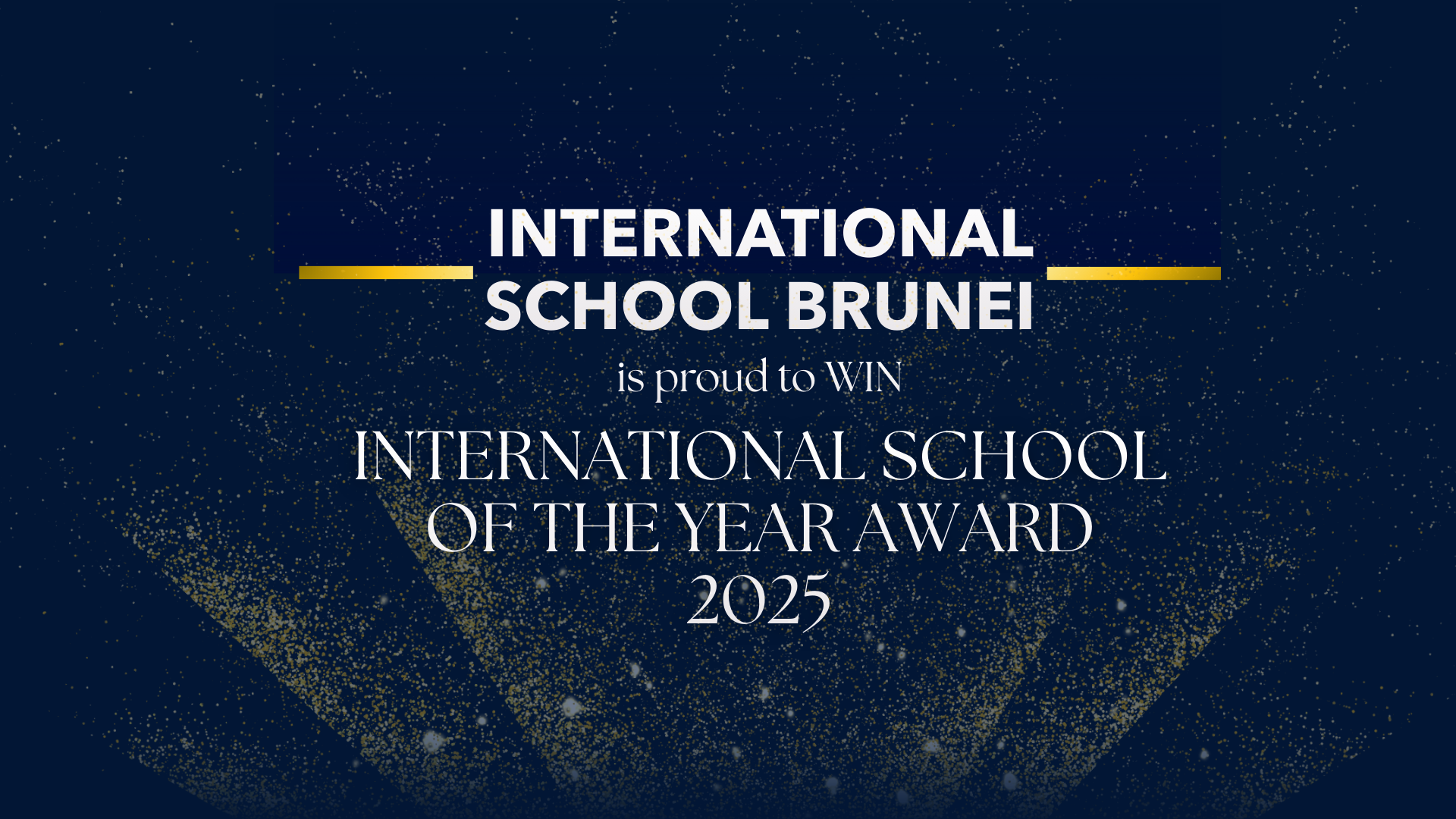
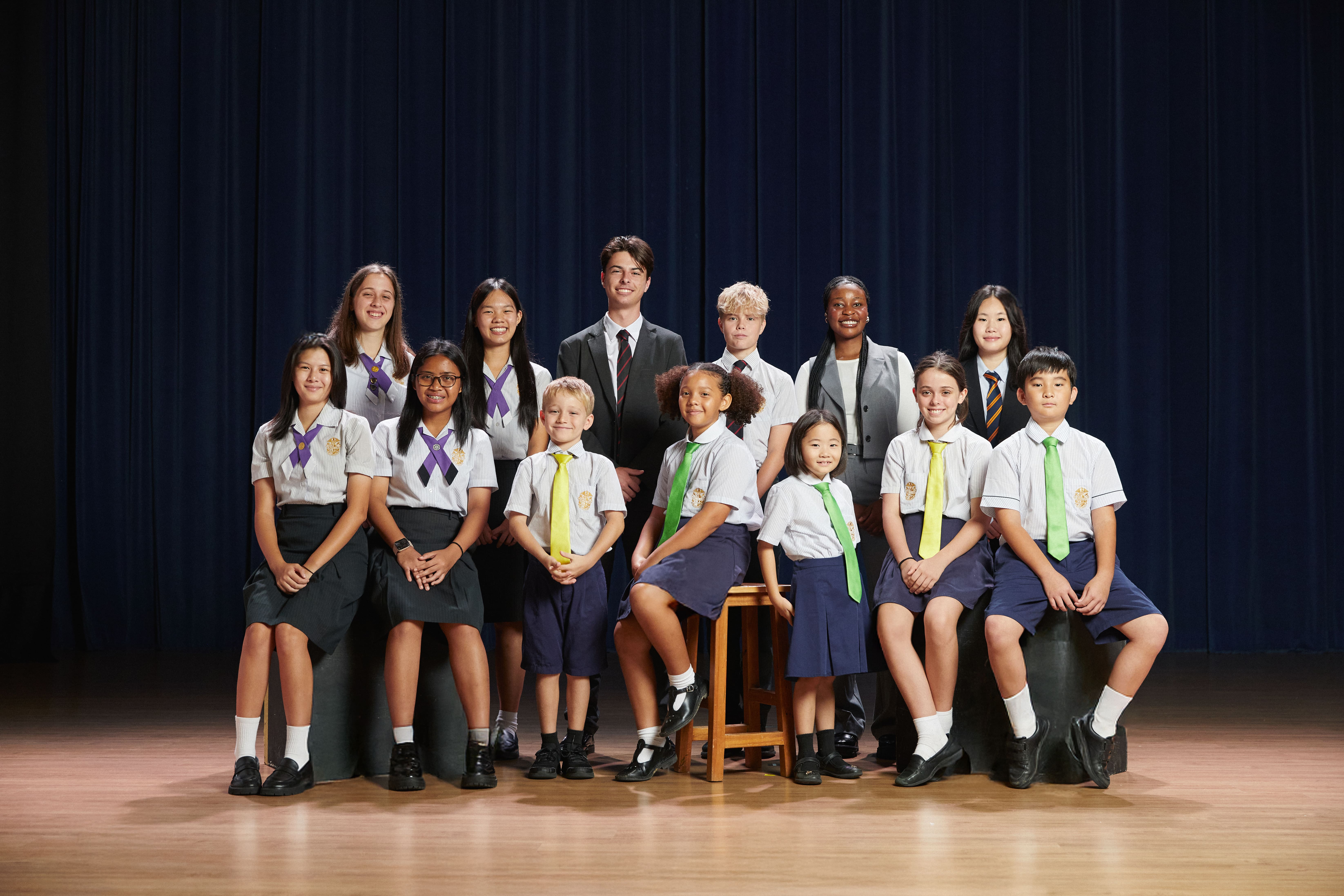
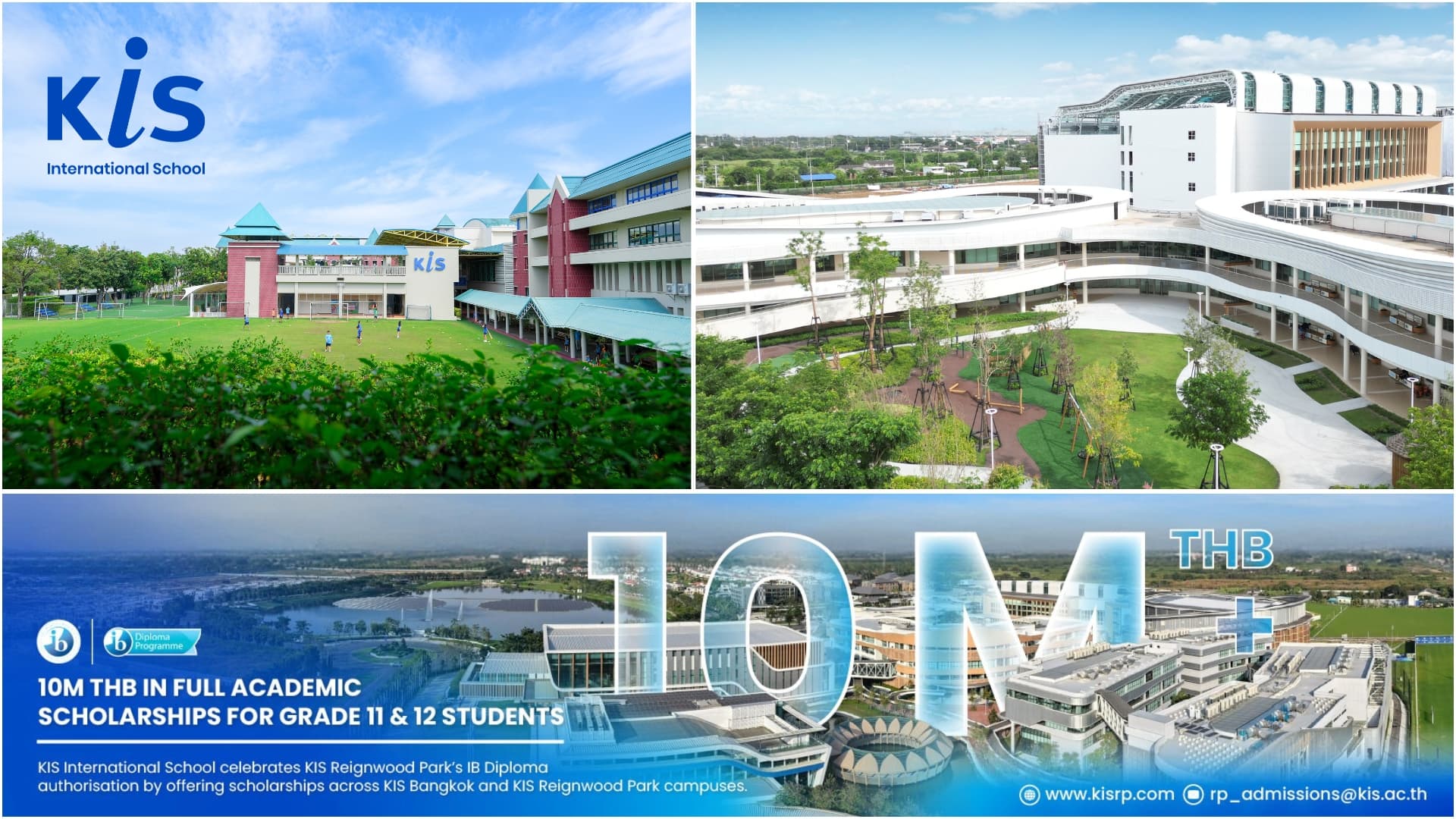
![[St. Joseph’s Institution International School Malaysia] The Lasallian Education Ethos for a Better Future - Gratitude and Giving](https://eda.sgp1.digitaloceanspaces.com/production/TfRAxzU6ATHvsmC0lblUPD8peQ36lt.jpeg)


